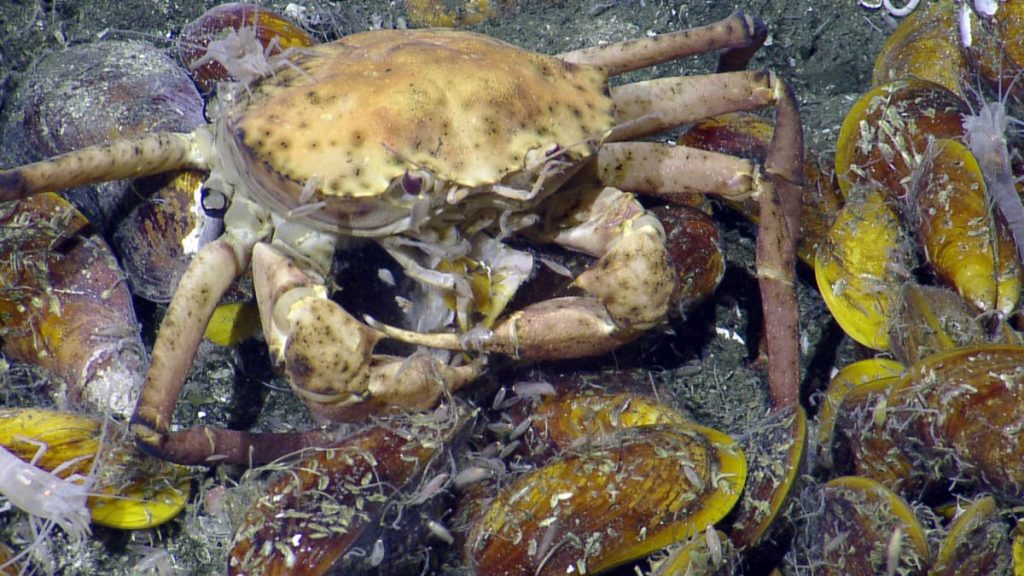Local marine scientists discover new life

Eighty-three deep-sea species, with several new to science, have been discovered offshore in two new deep-sea cold-seep habitats east of Trinidad and south of Tobago by two local marine biologists. The marine biologists are Drs Diva Amon and Judith Gobin.
“There are at least five species of deep-sea animals, including a purple octopus, that are completely new to science,” Amon, a Trini-British post doctoral researcher said in a release.
Species of a purple octopus, a white sponge and an orange anemone were also discovered and being new to science, she said, do not yet have names.
The discovery, made almost a mile deep, reveals important information about the biodiversity of the deep ocean around Trinidad and Tobago, and enables comparisons with similar habitats elsewhere in the Caribbean. “These communities are absolutely amazing, hundreds of thousands of eight-inch deep-sea mussels, as well as three-foot tubeworms, crabs, shrimp, snails and fishes were found living at the seeps between 1,000 and 1,650 metres depth,” Amon said.
“Many of the animals are also poorly understood, such as a species of eelpout fish that lives amongst the mussels, Pachycara caribbaeum, that is known from only one other small site in the Cayman Trench,” she said.
Unfortunately, these newly discovered areas are already under threat.
The cold seeps, potentially ecologically and biologically significant sreas, will likely be irreparably damaged by drilling and associated oil and gas activities, she said. Scientific research in this area is struggling to keep up with such commercial activities and without targeted actions, Amon said, these species and their habitats may be lost before they are even studied.
The cold-seep sites and the associated fauna were an exciting find which Gobin of the Department of Life Sciences at The University of the West Indies St Augustine Campus said, “I can now use, as real examples, our own deep-sea for my students. I am extremely pleased to be engaging in this cutting-edge exploration and science in Trinidad and Tobago waters.”
The two new sites have been named after female folklore characters, La Diablesse and Mama D’Leau.
Another 85 further possible seep sites were detected, which indicate the deep-sea habitats may be widespread in Trinidad and Tobago waters.
The sites were discovered in several of the deepwater oil and gas lease blocks that are currently being explored and will soon be exploited.
“As a result, we, the authors of the study, have suggested a number of recommendations for the stewardship and conservation of these deep-sea habitats,” Amon said.
Cold seeps are areas where fluids rich in hydrogen sulphide and methane leak from the sea floor, similar to hydrothermal vents. This fluid provides the energy to sustain large communities of life in the harsh conditions that exist in the deep sea (no light, approximately four degree centigrade temperature and more than 100 atmospheres of pressure).


Comments
"Local marine scientists discover new life"